Análisis de las publicaciones científicas de Web of Science relacionadas con YouTube
Resumen
YouTube es una popular plataforma en línea para compartir contenidos en formato de vídeo. Su utilidad para diversión, educación o negocios es bien conocida entre los usuarios. Sin embargo, ¿cómo se ha utilizado YouTube en las investigaciones? En este trabajo se realizó una búsqueda bibliográfica orientada a describir el panorama existente de los artículos que incluyen a YouTube como elemento de investigación y que fueron publicados en revistas con índice en Web Of Science (WOS) desde 2006 a 2021. Los resultados revelaron que el interés sobre YouTube ha sido creciente a lo largo de los años y que Estados Unidos lidera este tipo de investigaciones. Los trabajos se publican mayormente en idioma inglés en áreas como comunicación, salud pública medioambiental y laboral, educación y sistemas de información. Las editoriales que más publican este tipo de artículos son: Taylor & Francis, Elsevier y Sage. El artículo más citado se publicó en 2012 y tiene 448 citas. De esta manera, se concluye que YouTube es un tema transversal que ha tenido abordaje multidisciplinario. Se estima que YouTube siga siendo objeto recurrente de investigaciones mientras permanezca activo y popular.
Descargas
Citas
Abu-Taieh, E., Alhadid, I., Masa’deh, R., Alkhawaldeh, R. S., Khwaldeh, S., & Alrowwad, A. (2022). Factors Influencing YouTube as a Learning Tool and Its Influence on Academic Achievement in a Bilingual Environment Using Extended Information Adoption Model (IAM) with ML Prediction—Jordan Case Study. Applied Sciences (Switzerland), 12(12). https://doi.org/10.3390/app12125856
Clarivate. (2022). Web of science. webofscience.com
Gerundo, G., Collà Ruvolo, C., Puzone, B., Califano, G., la Rocca, R., Parisi, V., Capece, M., Celentano, G., Creta, M., Rengo, G., Leosco, D., Abete, P., Longo, N., Mirone, V., & Ferrara, N. (2022). Personal protective equipment in Covid-19: Evidence-based quality and analysis of YouTube videos after one year of pandemic. American Journal of Infection Control, 50(3), 300–305. https://doi.org/10.1016/j.ajic.2021.11.013
Ginossar, T., Cruickshank, I. J., Zheleva, E., Sulskis, J., & Berger-Wolf, T. (2022). Cross-platform spread: vaccine-related content, sources, and conspiracy theories in YouTube videos shared in early Twitter COVID-19 conversations. Human Vaccines and Immunotherapeutics, 18(1), 1–13. https://doi.org/10.1080/21645515.2021.2003647
Halpern, D., & Gibbs, J. (2013). Social media as a catalyst for online deliberation? Exploring the affordances of Facebook and YouTube for political expression. Computers in Human Behavior, 29(3), 1159–1168. https://doi.org/10.1016/j.chb.2012.10.008
Kanetaki, Z., Stergiou, C., Bekas, G., Jacques, S., Troussas, C., Sgouropoulou, C., & Ouahabi, A. (2022). Acquiring, Analyzing and Interpreting Knowledge Data for Sustainable Engineering Education: An Experimental Study Using YouTube. Electronics (Switzerland), 11(14). https://doi.org/10.3390/electronics11142210
Khan, M. L. (2017). Social media engagement: What motivates user participation and consumption on YouTube? Computers in Human Behavior, 66, 236–247. https://doi.org/10.1016/j.chb.2016.09.024
Lange, P. G. (2007). Publicly private and privately public: Social networking on YouTube. Journal of Computer-Mediated Communication, 13(1), 361–380.
https://doi.org/10.1111/j.1083-6101.2007.00400.x
Lee, D. Y., & Lehto, M. R. (2013). User acceptance of YouTube for procedural learning: An extension of the Technology Acceptance Model. Computers and Education, 61(1), 193–208. https://doi.org/10.1016/j.compedu.2012.10.001
Lee, J. E., & Watkins, B. (2016). YouTube vloggers’ influence on consumer luxury brand perceptions and intentions. Journal of Business Research, 69(12), 5753–5760. https://doi.org/10.1016/j.jbusres.2016.04.171
Li, H. O. Y., Bailey, A., Huynh, D., & Chan, J. (2020). YouTube as a source of information on COVID-19: A pandemic of misinformation? BMJ Global Health, 5(5). https://doi.org/10.1136/bmjgh-2020-002604
Madathil, K. C., Rivera-Rodriguez, A. J., Greenstein, J. S., & Gramopadhye, A. K. (2015). Healthcare information on YouTube: A systematic review. In Health Informatics Journal (Vol. 21, Issue 3, pp. 173–194). SAGE Publications Ltd. https://doi.org/10.1177/1460458213512220
McDonough, D. J., Helgeson, M. A., Liu, W., & Gao, Z. (2022). Effects of a remote, YouTube-delivered exercise intervention on young adults’ physical activity, sedentary behavior, and sleep during the COVID-19 pandemic: Randomized controlled trial. Journal of Sport and Health Science, 11(2), 145–156. https://doi.org/10.1016/j.jshs.2021.07.009
Silaban, P. H., Silalahi, A. D. K., Octoyuda, E., Sitanggang, Y. K., Hutabarat, L., & Sitorus, A. I. S. (2022). Understanding hedonic and utilitarian responses to product reviews on youtube and purchase intention. Cogent Business and Management, 9(1). https://doi.org/10.1080/23311975.2022.2062910
Singh, A. G., Singh, S., & Singh, P. P. (2012). YouTube for information on rheumatoid arthritis - A wakeup call? Journal of Rheumatology, 39(5), 899–903. https://doi.org/10.3899/jrheum.111114
Smith, A. N., Fischer, E., & Yongjian, C. (2012). How Does Brand-related User-generated Content Differ across YouTube, Facebook, and Twitter? Journal of Interactive Marketing, 26(2), 102–113. https://doi.org/10.1016/j.intmar.2012.01.002
Susarla, A., Oh, J. H., & Tan, Y. (2012). Social networks and the diffusion of user-generated content: Evidence from youtube. Information Systems Research, 23(1), 23–41. https://doi.org/10.1287/isre.1100.0339
Universidad Autónoma de Tamaulipas. (2022). Universidad Autónoma de Tamaulipas. www.uat.edu.mx
Yousaf, K., & Nawaz, T. (2022). A Deep Learning-Based Approach for Inappropriate Content Detection and Classification of YouTube Videos. IEEE Access, 10, 16283–16298. https://doi.org/10.1109/ACCESS.2022.3147519
Ramírez González , J. C. (2022). La Influencia de los Medios de Comunicación en los Juicios. Estudios Y Perspectivas Revista Científica Y Académica , 2(1), 27–50. https://doi.org/10.61384/r.c.a.v2i1.8
Mendoza Navarro , F. B. (2022). La Tutoría Virtual: Un Soporte Efectivo para la Estrategia Aprendo en Casa Durante la Emergencia Educativa del Covid-19. Revista Científica De Salud Y Desarrollo Humano, 3(1), 60–70. https://doi.org/10.61368/r.s.d.h.v3i1.44
Santos Monterroza, L. (2021). GeoGebra y el desarrollo del pensamiento espacial: Una oportunidad de innovación en la práctica educativa. Emergentes - Revista Científica, 1(1), 58–77. Recuperado a partir de https://revistaemergentes.org/index.php/cts/article/view/6
Cadenas Bogantes, D., & Castro Miranda, J. C. (2021). Analysis Of the Effectiveness of The Action Oriented Approach in The New English Program Proposed by The Ministry of Public Education in The Year 2018. Sapiencia Revista Científica Y Académica , 1(1), 45-60. Recuperado a partir de https://revistasapiencia.org/index.php/Sapiencia/article/view/13
Sethi, P., Sonawane, S., Khanwalker, S., Keskar, R. B. (2017). Automatic text summarization of news articles. 2017 International Conference on Big Data, IoT and Data Science (BID), pp. 23–29.
Derechos de autor 2024 Ramón Ventura Roque Hernández , Juan Pablo De León Hernández, Silvia Patricia Muñoz Castellanos, César Eugenio Hernández Ancona, Rafael Benjamín Contreras Martínez

Esta obra está bajo licencia internacional Creative Commons Reconocimiento 4.0.

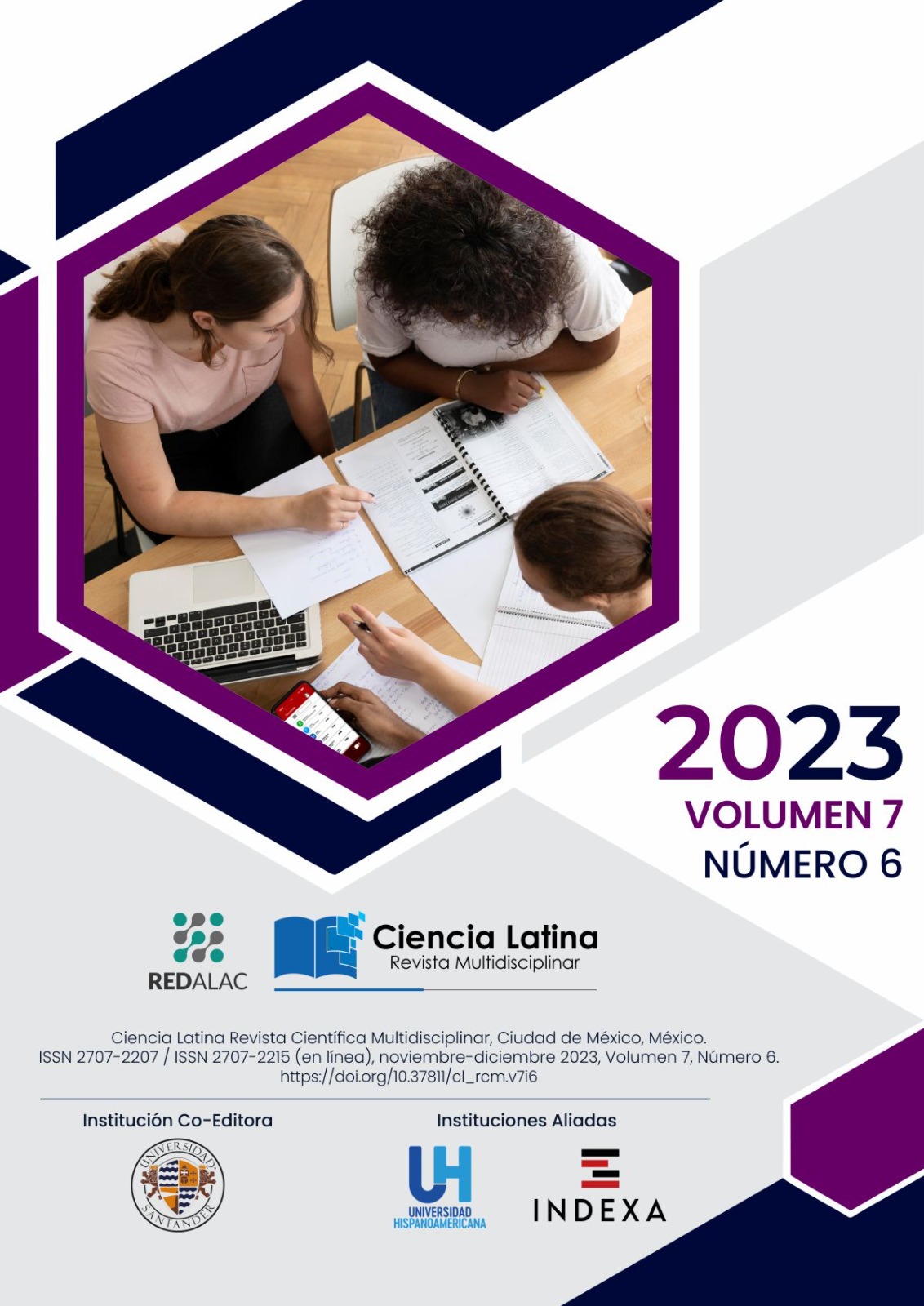
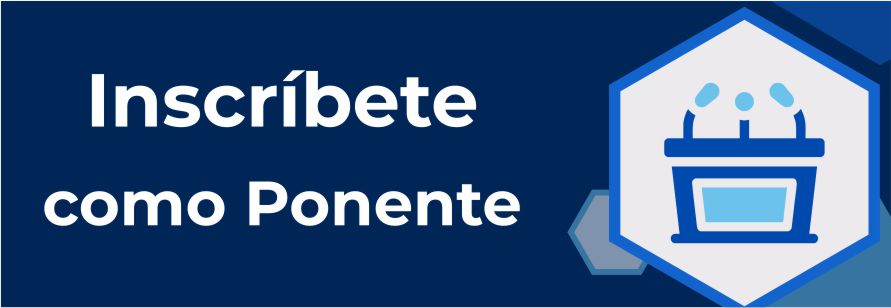
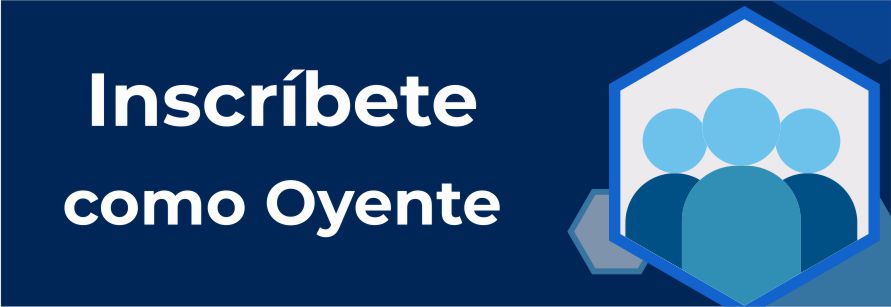

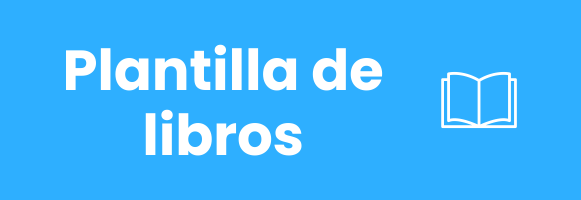
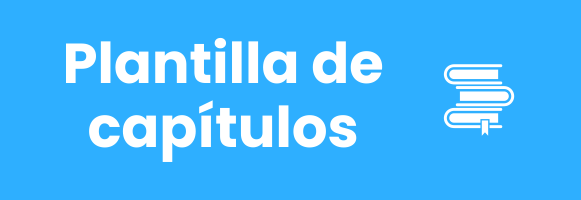
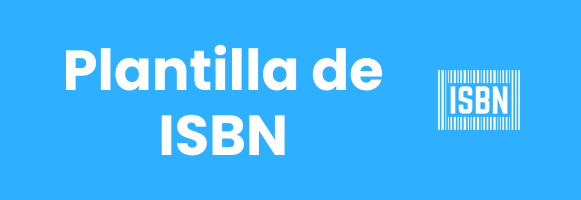
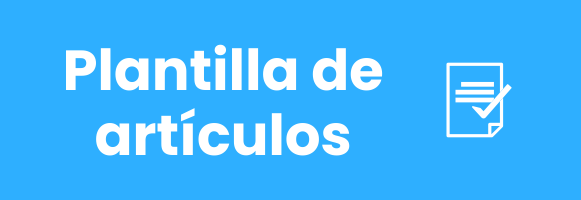


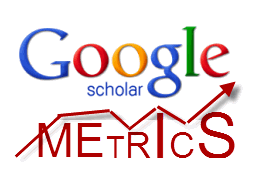
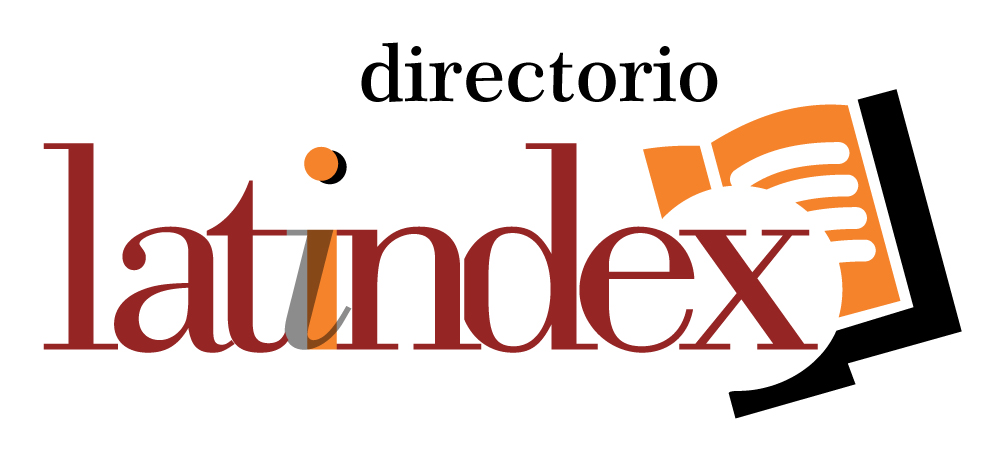
.png)
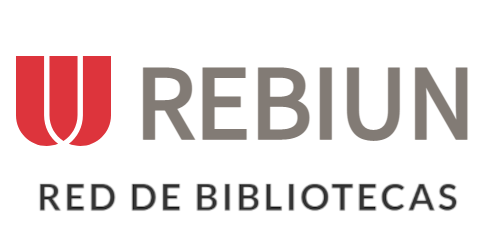







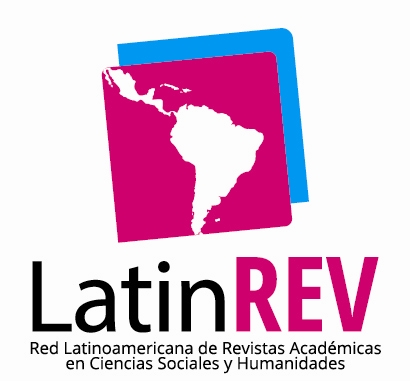

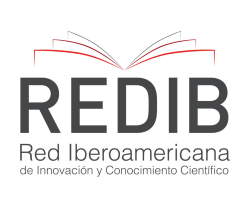


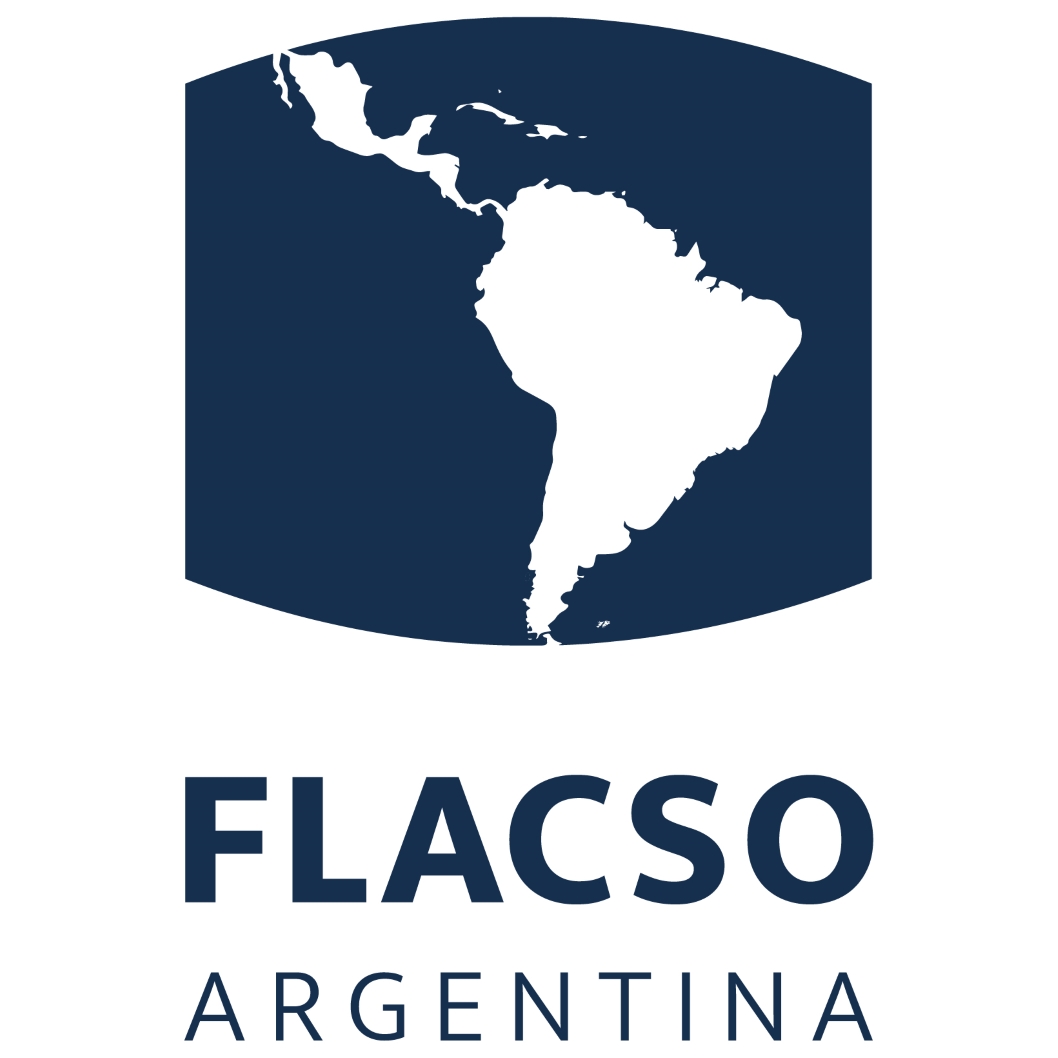






.png)
1.png)


